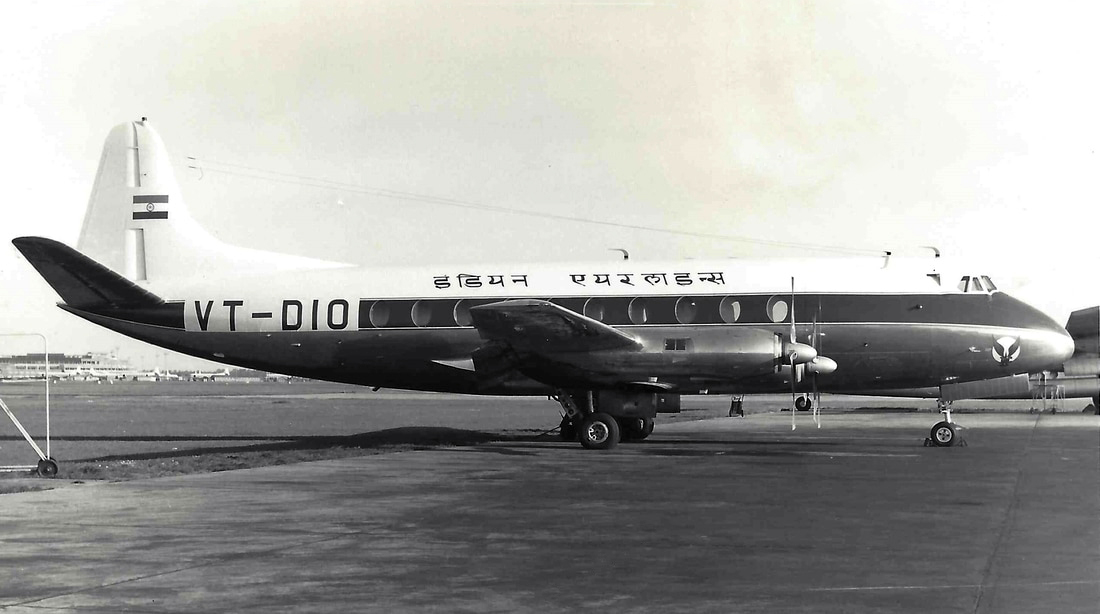Crash of a Douglas C-47A-25-DK in Calcutta
Date & Time:
Apr 2, 1964
Registration:
VT-COU
Survivors:
Yes
MSN:
13570
YOM:
1944
Crew on board:
2
Crew fatalities:
Pax on board:
0
Pax fatalities:
Other fatalities:
Total fatalities:
0
Circumstances:
On final approach to Calcutta-Dum Dum Airport, the right engine stopped. The copilot-in-command lost control of the airplane that stalled and crashed short of runway threshold. Both occupants were uninjured while the aircraft was damaged beyond repair.
Probable cause:
The accident is attributed to the pilot's action in simulating failure of the starboard engine during the final approach by feathering the propeller without the prior knowledge of the copilot who was handling the aircraft. The copilot was unable to control the aircraft which stalled and crashed. The captain was not authorized to check the capability of the copilot.






